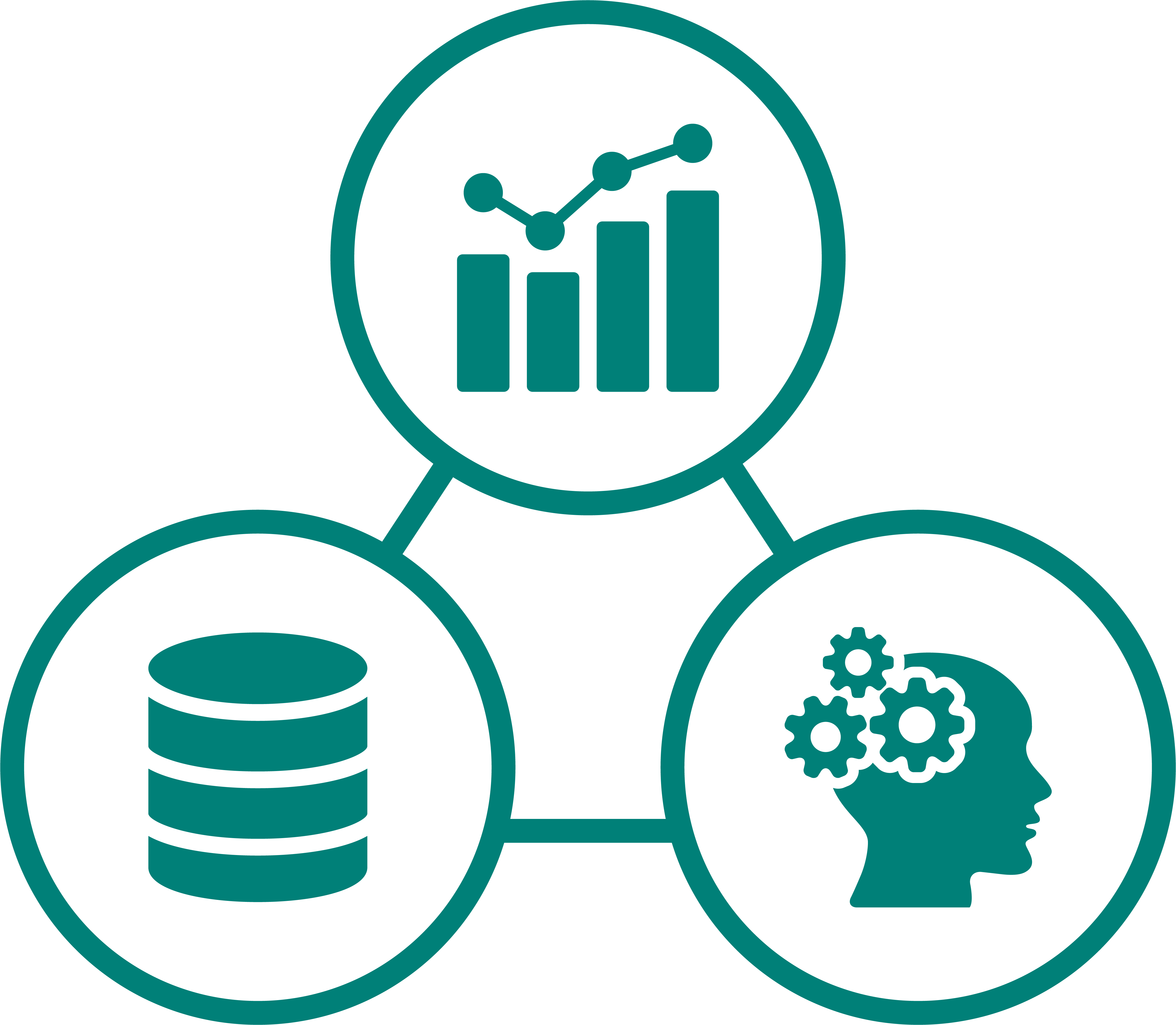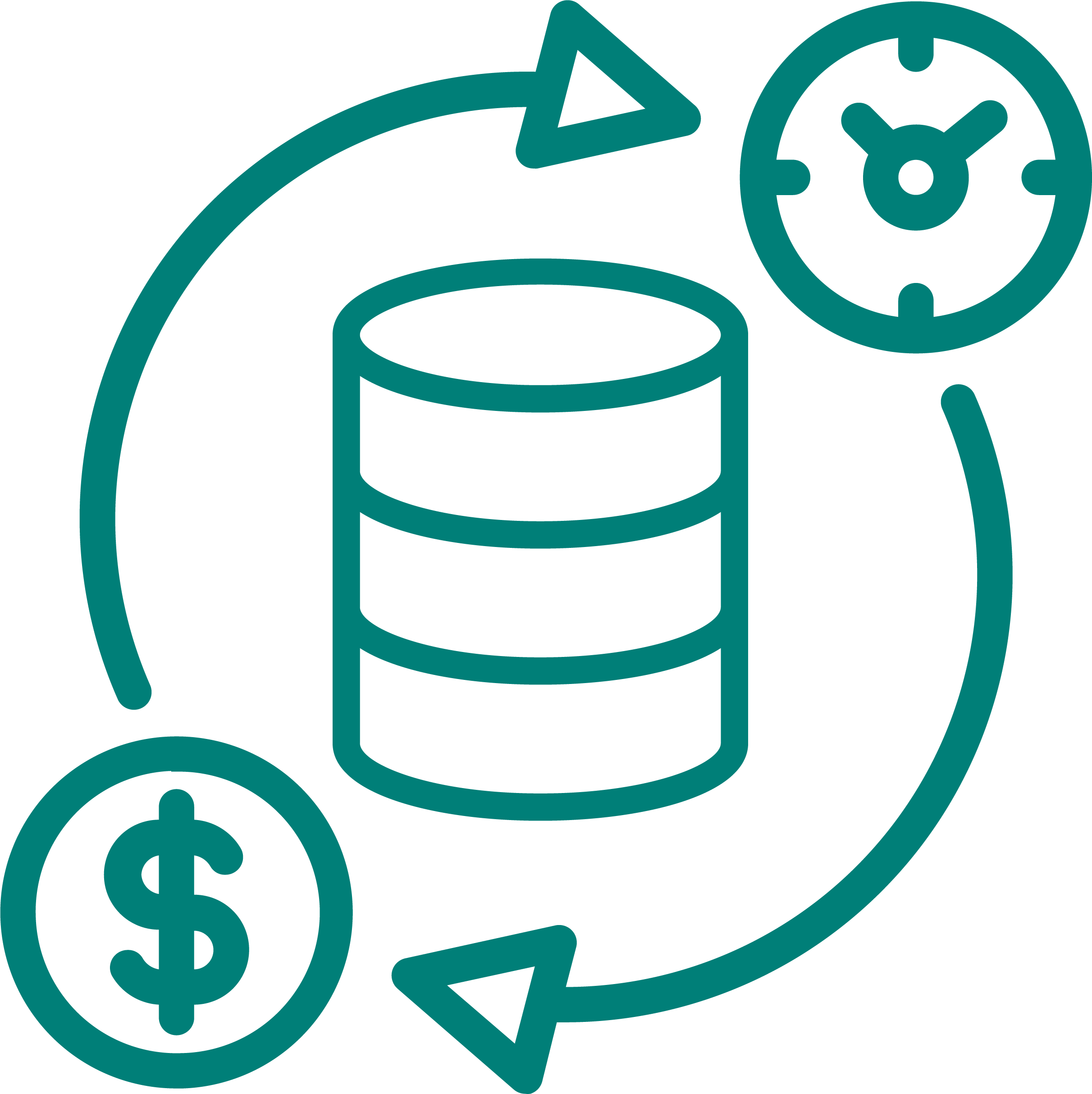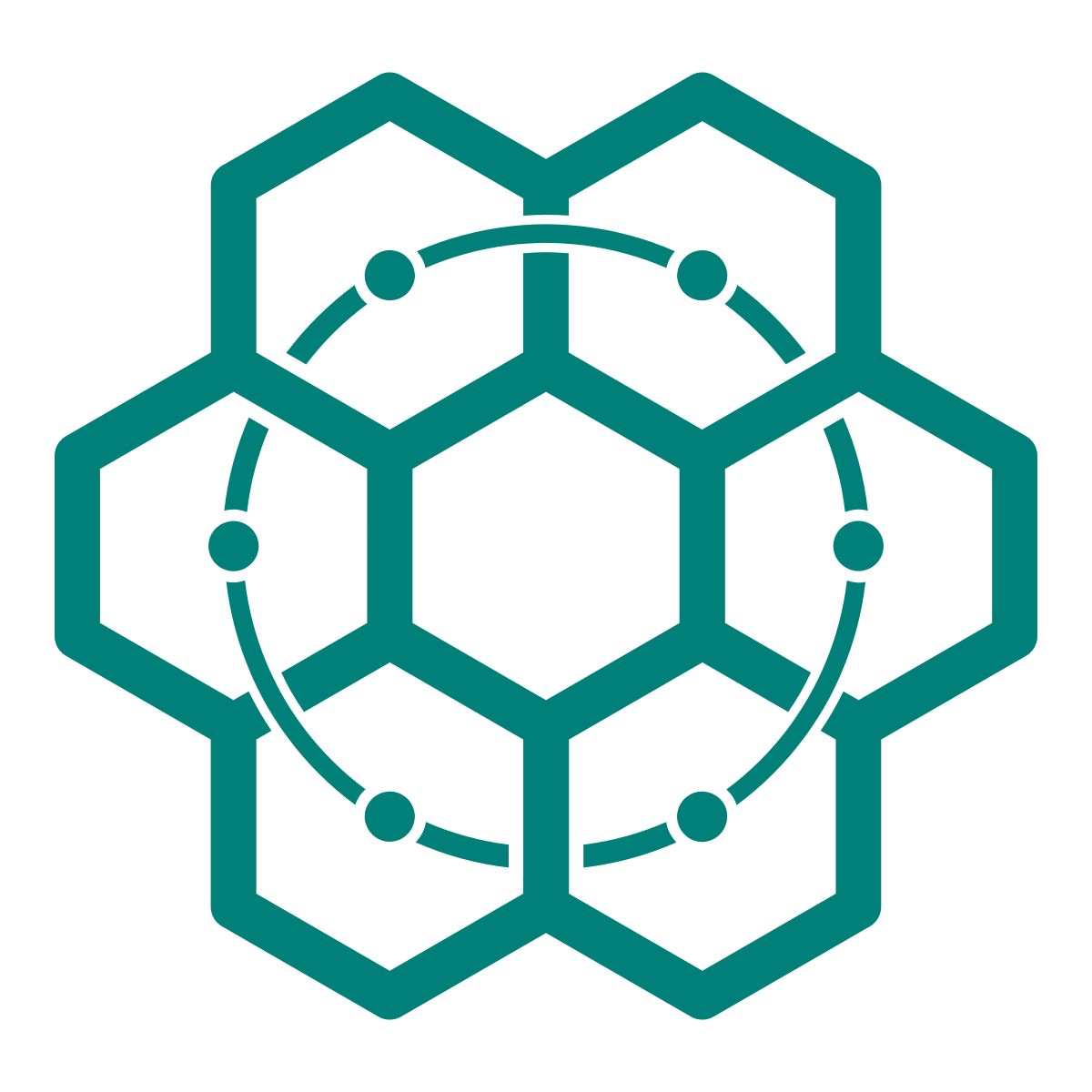Approaches to Valuing Data
Water is undervalued, water data even more so.
What methods are used to value data?
When a data producer uses data for operations, they can be treated as physical assets. There are mature methods for assessing the value of physical assets. When data are used for other purposes (decision-making, regulatory, and research) they often are treated as intangible assets. These assets are more difficult to value and the methods are less mature and less precise. Data also have immense value for secondary users creating value for multiple organizations for multiple purposes at the same time. Here, data behave as a derived asset (or non-rival good) whose value is tied to an end use. Methods for valuing derived assets are in their infancy.
This article includes brief descriptions of the six methods of valuing data detailed in the articles below.
Modified Historical Cost method
The Historical Cost Method treats data as an asset whose value is at least equivalent to the cost of data collection. This method was modified by Moody and Walsh (1999) to account for the unique attributes of data that cause data to behave differently from traditional physical assets.
Market methods
Market Methods can be used to value data by understanding the user’s willingness-to-pay. Market methods assess the value of data as revealed through markets and experiments or as stated on user surveys.
Business Model Maturity Index method
The Business Model Maturity Index method, proposed by Dell, assesses the value of data based on their relative contribution to a final outcome. This top-down approach relies on use cases and allows for estimating the value of data before (and/or after) an outcome is realized.
Decision-Based Valuation method
The Decision-Based Valuation method, proposed by J.B. Stander in 2015, seeks to estimate the relative contribution of data (similar to the Business Model Maturity Index method) while also accounting for data attributes (such as quality and frequency of collection) relative to the decision being made.
Consumption-Based method
Data hubs are about sharing data and may not know how those data are being put to use. Instead hubs track the number of downloads and unique users for each dataset. A consumption-based approach to the Modified Historic Cost method can be used to assess the value of data hubs, with the underlying assumption that more data downloads is equated with more data usage and greater value.
Keep Research Data Safe method
Keeping Research Data Safe (KRDS) is a method data repositories use to track their costs and benefits. While designed for research-based data repositories, the method can be modified to describe the value data hubs create by integrating and sharing data.
Learn More
What are Data, Information, and Knowledge?
Data, information, and knowledge represent different stages of value creation
Why Are Data Hard to Value?
This series of articles explores why data are difficult to value in economic, and other terms
Core Principles for Water Data
Internet of Water Principles help make public data easier to find, access, and use










